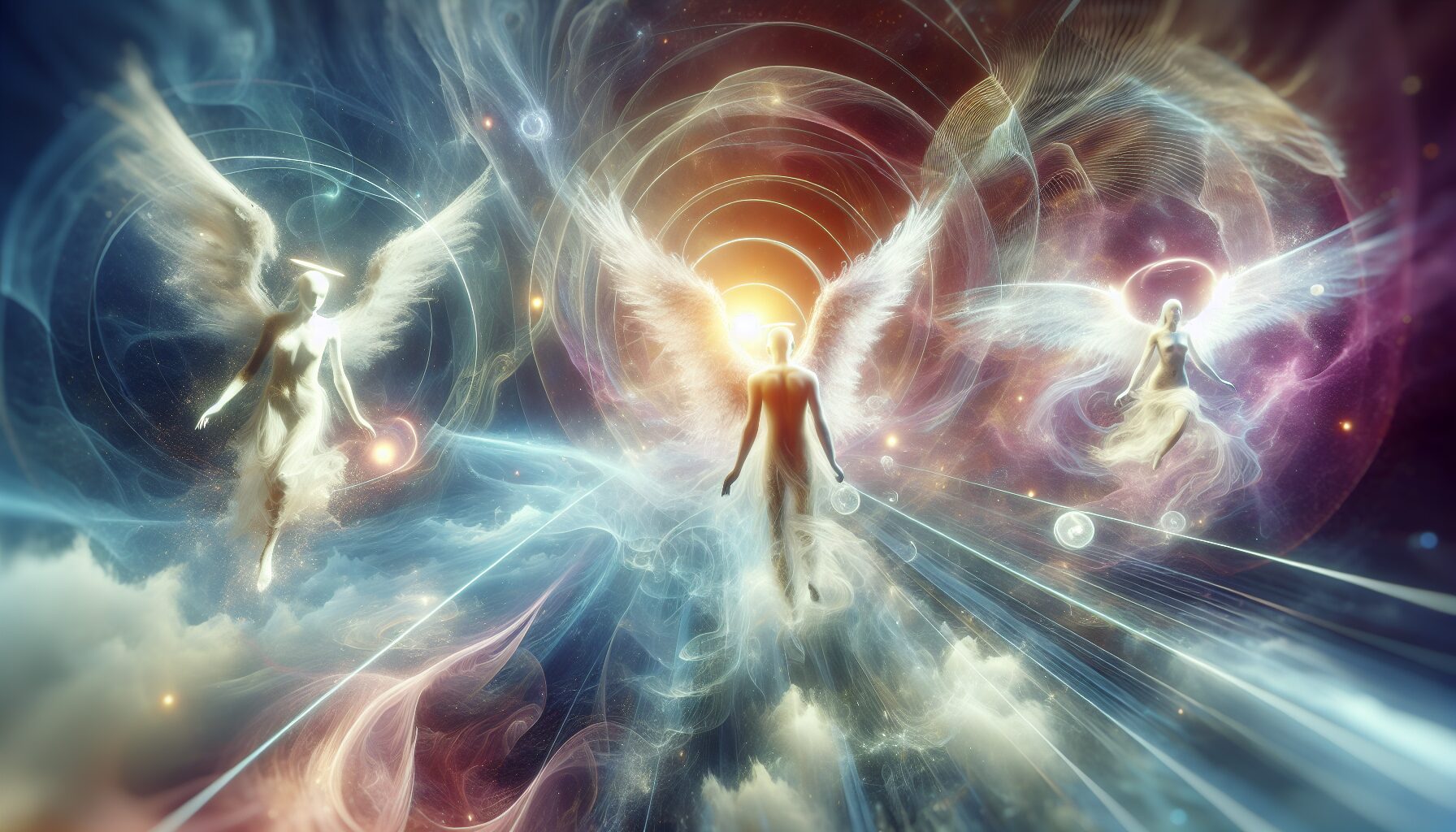In the rich tapestry of myth and spiritual traditions, the concept of liminality—being on the threshold or at the boundary of different states—finds representation in the imagery of angels. These ethereal beings serve as intermediaries between realms, embodying the very essence of transition, transformation, and transcendence.
The Concept of Liminality
Liminality, a term popularized by anthropologist Victor Turner, refers to the in-betweenness of situations and spaces where transformation occurs. In his seminal work, The Ritual Process, Turner elaborates on the stages of rites of passage, emphasizing the importance of the liminal phase where individuals are neither here nor there but are both somehow and neither at once.
Angelic Figures in Myth and Religion
In many mythologies, angels are seen as messengers, bridging the divine and the mortal. In Christian theology, they are often depicted as bearers of divine will, guiding humans through spiritual transitions. For instance, the archangel Gabriel’s annunciation to Mary represents an iconic moment of divine communication and transformation.
- Messengers: Serving as conduits for divine will, angels like Gabriel play a pivotal role in conveying messages that herald profound change.
- Guardians: Often seen as protectors, angels also guide individuals through existential transitions, embodying the protective aspect of liminality.
- Punishers and Redeemers: In some narratives, angels act as agents of divine retribution or redemption, crossing moral and spiritual boundaries to enforce cosmic justice.
Angels in Mysticism and Thought
In mystical traditions, the liminality of angels is more than a mere narrative device; it becomes a philosophical lens for understanding transition. In the words of the mystic Emmanuel Swedenborg, “Angels have no philosophy but a perpetual contemplation of God.” This conception positions angels as figures that continuously dwell in states of existential transformation, embodying an eternal state of becoming rather than being.
“An angel is not a static being but a dynamic force, embodying the perpetual passage not between heaven and earth but within our own layered consciousness.” — Stanford Encyclopedia of Philosophy
Thus, angels of liminality challenge us to embrace our own transitional phases, to see these moments not as instability but as opportunities for profound personal and spiritual growth. As we cross boundaries in thought and spirit, we, too, become messengers of change, carriers of divine potential on the journey toward a greater understanding of the universe and ourselves.
